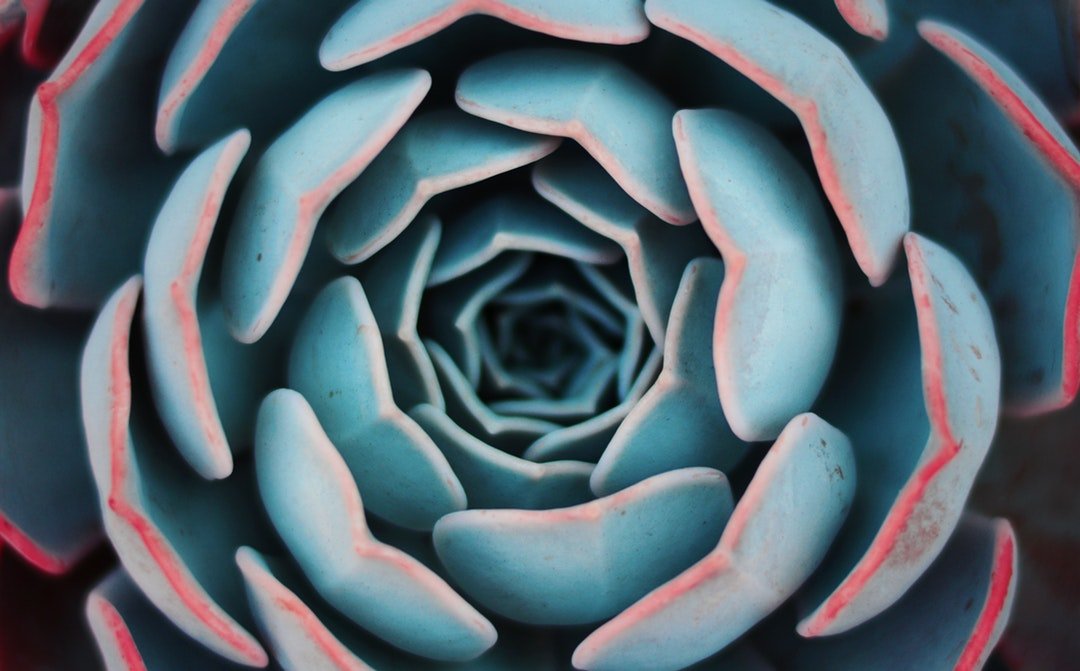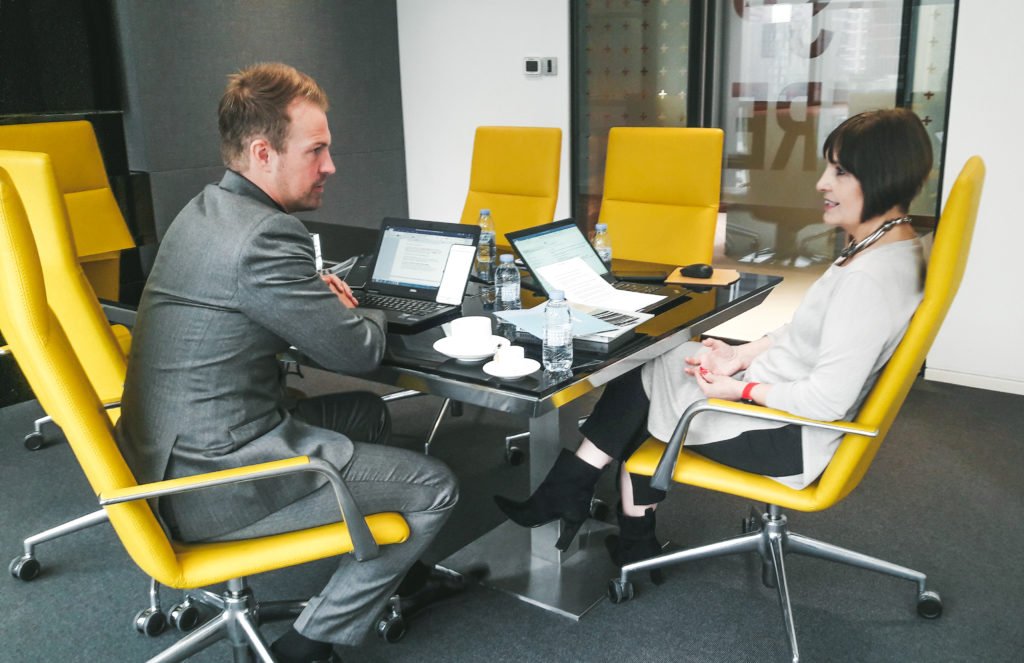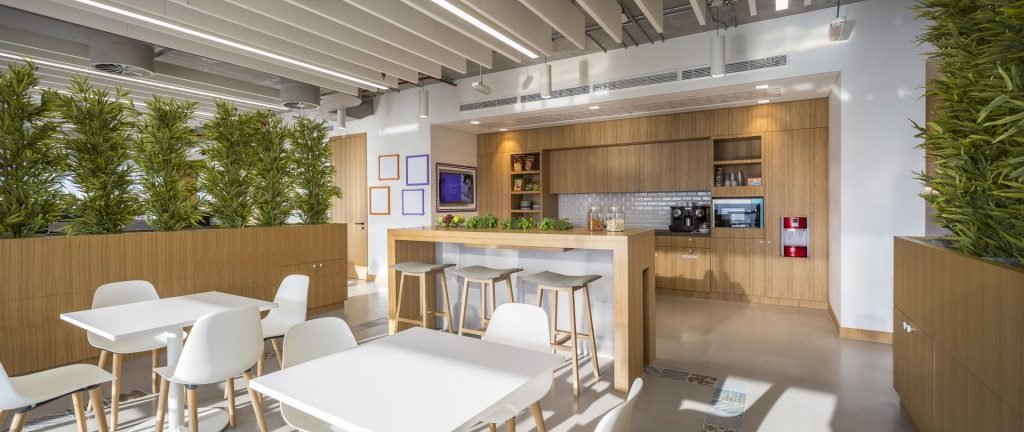Matt: We’ve found our clients, consultants and end users are very receptive to the concept of biophilia and biophilic design. And with this growing swell of global popularity, we are starting to see the emergence of design firms who want to implement it. There is plenty of research and evidence to support the effectiveness of biophilic design, but we see that because it’s new and not a regionally tried and tested concept like a lot of the other popular trends. This means that the road to full adoption may be a long one.
What we find interesting is that when we begin a conversation about biophilia, people naturally think ‘greenery and plants’! But it’s not limited to that only – it’s so much more really. It’s also about how we evoke a feeling of nature in buildings through artificial elements, and most importantly, how we improve human interaction with it to create spaces that are energizing, restorative and recuperative. This really goes to show how much more the industry has to learn about this new form of design.
Diane: I think the market has a long way to go in terms of understanding what biophilic design really is. As a designer, I believe it’s my responsibility to start educating clients about the benefits of biophilic design. The industry and the region, in general, is still new to this concept. It’s important for clients and developers to understand what biophilia can do for the people inhabiting a particular space, and the short and long-term benefits. It all ties back to wellness. There are several projects we’re working on at the moment where we integrate biophilia but don’t necessarily describe or explicitly mention it. All that’s important to us as consultants is the value it brings to the project, and that the spaces we design are healthy and productive spaces.










